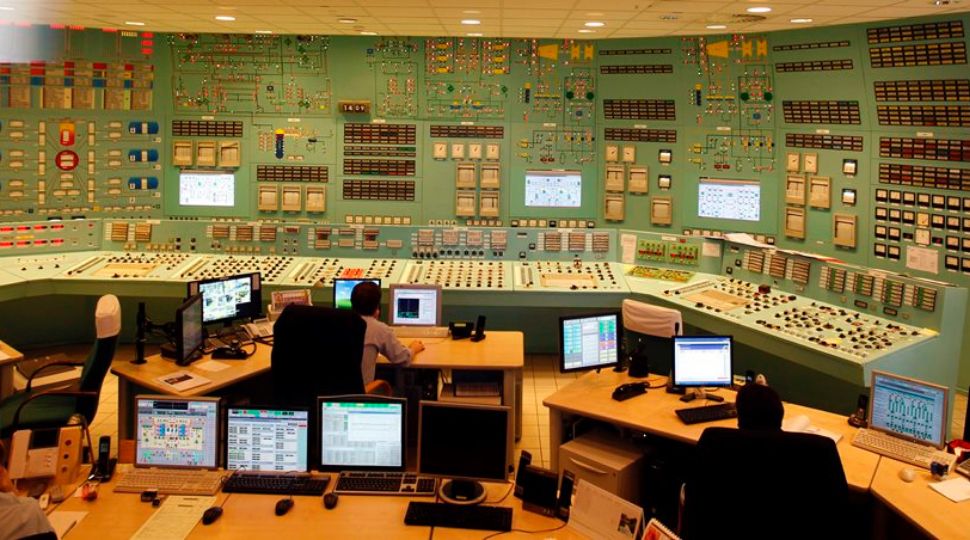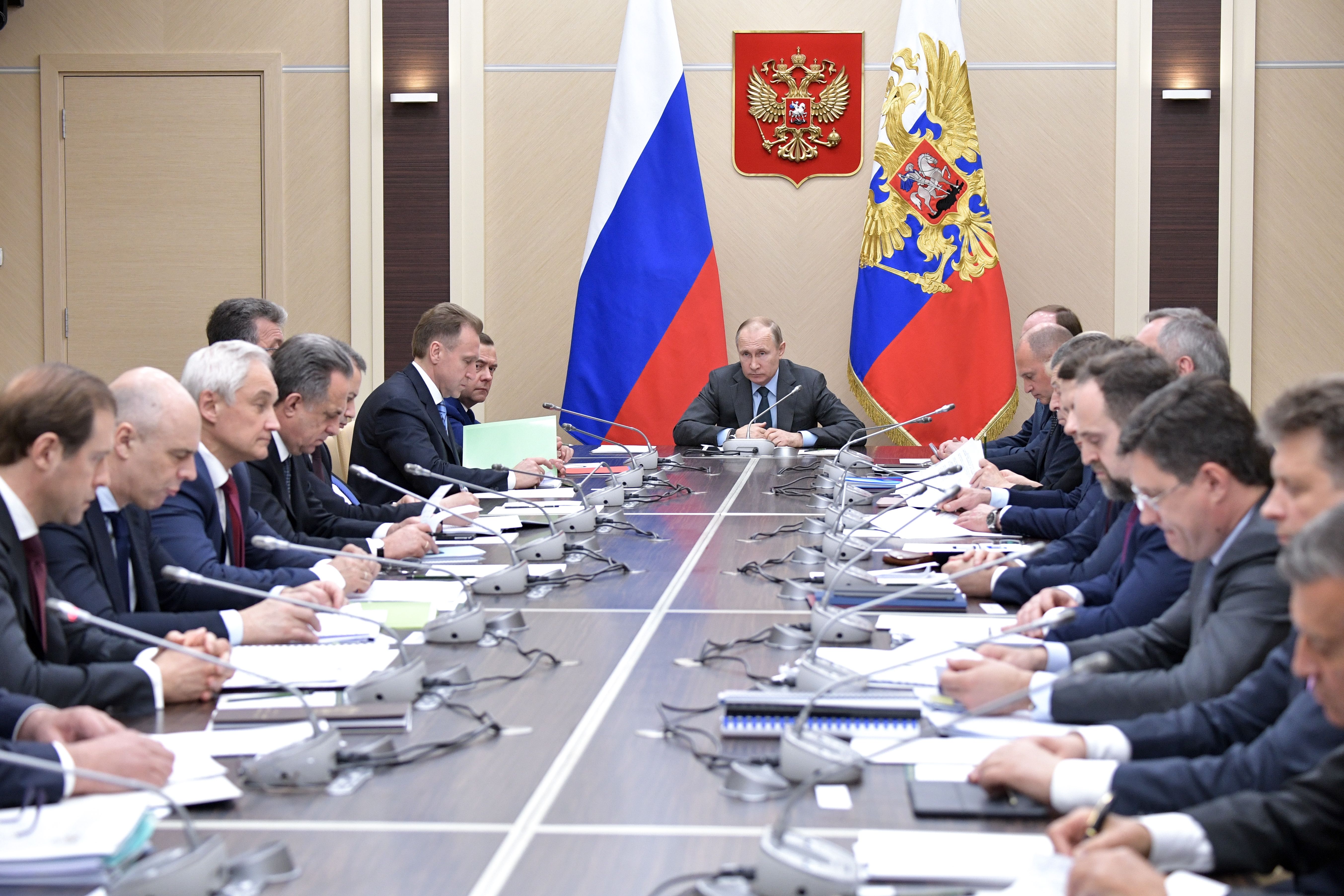Hungarian-Russian Economic Relations

Energy
For both countries, energy is the key economic sector. In order to directly negotiate prices at the highest political level, Hungarian state-owned company MVM in 2013 purchased German company E.ON’s gas operations in Hungary. This involved taking over its obligations under a contract with Gazprom for gas supply. Hungary covers 80% of its gas demand with Russian imports. Cheap gas and electricity are essential to the Hungarian government’s guarantee of low fees for utilities. The retail prices of gas and electricity in Hungary is among the lowest in the EU in purchasing power and contributed to Fidesz’s success in the parliamentary elections in 2014 and 2018.
The construction of two new reactors at the Paks nuclear power plant by the Russian company Rosatom, in turn, has made the Hungarian economy dependent on Russia for decades. A Russian loan for the project amounted to €10 billion and accounted for about 10% of Hungarian GDP. Further details of the Paks contract are unknown. It was concluded in January 2014, two months before Russia’s annexation of Crimea, and was the basis for further strengthening relations with an EU Member State at a time of serious tension with the Union.
The Orbán government’s pursuit of stronger economic relations with Russia in the field of energy while building closer political ties with it is possible because of Hungarians’ positive attitude towards this country. According to a survey from 2018, the vast majority of Hungarians overestimate Russia’s military and economic potential: 43% of respondents wrongly assessed that only the U.S. spent more on defence than Russia did, when it is a distant sixth. Russia’s aggression in Ukraine also did not affect Hungarians’ attitude towards Russia. Comparing supporters of political parties, ruling party Fidesz’s backers have the most favourable attitude, at 59%, and 51% of them would choose Russia, compared to 39% for the United States, as the country’s closest ally.
Trade in Light of the Sanctions and Embargo
In 2013, Russia was Hungary’s third-largest trade partner before the imposition of sanctions by the EU and introduction of counter-sanctions by Russia on agri-food products originating in the Union. By 2016, trade with Russia had fallen to 14th place. This decrease resulted primarily from the drop in the price of crude oil and, consequently, the value of Russian imports, which consisted almost exclusively of raw energy resources. Hungarian exports to Russia in 2013 made it the 13th-largest market (2.9%), in 2016, 16th (1.5%), and in 2018, 19th (1.4%), respectively, in total exports. The value of the exports decreased significantly in 2013-2016, by about 40%, even though in the same period, the value of Hungary’s total exports increased by 13%.
Hungarian exports to Russia are still dominated by industrial products (including pharmaceuticals), machinery, and mechanical and transport equipment. In 2013, agri-food products accounted for about 11% (€265 million) of these exports, and in 2017, about 14% (€247 million). This indicates the relatively small impact of the Russian embargo on food products in the Hungarian exports. The reasons for the decline in the value of Hungarian exports to Russia could be independent of the counter-sanctions. Evidence of this is the negative trend recorded in the first half of 2014 in all key trade industries before the embargo was introduced. This trend could be related to the generally poor condition of the Russian economy.
Nevertheless, the Hungarian government explains the drop in the volume of bilateral trade as only the sanctions. According to its calculations, estimated losses from exports to Russia after 2014 amount to about €7 billion. This view is repeated by politicians with the Hungarian Socialist Party. In fact, this figure is exaggerated. Based on data from 2013 and assuming that the value of exports would not change in subsequent years, the losses for the period 2014-2018 equal €3.6 billion. Meanwhile, the government’s estimate indicates that without sanctions, the value of Hungarian exports to Russia would successively increase by about 10%, year on year, after 2013. This hypothesis is, however, not confirmed by trends in bilateral trade in the years 2008 to 2013, when this increase averaged only 2.44% yearly.
Investments
The presence of Russian capital in Hungary also is not significant. Russian foreign direct investment (FDI) in Hungary in 2017 amounted to €65 million, or 0.08% of the total FDI in Hungary. According to Russian data, in 2016, Hungary ranked 11th among recipients of Russian FDI in Central and Eastern Europe, with 0.06% of Russian outward FDI. On the other hand, there are significant Hungarian investments in Russia, including by Hungarian oil and gas company MOL, retail bank OTP, or pharmaceutical company Gedeon Richter. According to Hungarian statistics, the accumulated value of Hungarian FDI in Russia in 2017 amounted to €653 million, or 2.6% of Hungary’s outward FDI.
Apart from the energy sector, Russia has only a few significant investments in Hungary. Sberbank, owned by the Russian state treasury, is among them. In turn, the Rahimkulov family holds 7.4% of shares in OTP. The International Investment Bank, controlled by the Russian government, moved its headquarters from Moscow to Budapest in March this year. In 2018, Hungary again became a shareholder in this institution, which used to be the development bank of the Comecon countries. The Hungarian authorities provided the headquarters and its Russian staff diplomatic privileges and immunity. Since 2010, Russian investors (backed by state-owned Vnesheconombank) have been the majority shareholders in the Dunaferr steel plant, earlier a subsidiary of the Ukrainian ISD group. Both the Hungarian government and private investors associated with it have tried several times to negotiate the purchase of a controlling stake, unsuccessfully. Russia refuses the transaction, probably because it wants to use the plant as a supplier to the construction of the new reactors at the Paks plant.
Conclusions and Prospects
Russia does not have a solid economic base in Hungary apart from the energy sector. It is not one of the most important recipients of Hungarian goods, either before the introduction of sanctions or now, and its investments in Hungary are insignificant. Statistical data do not confirm Hungary’s assumption about significant losses to its economy from the EU sanctions against Russia, countering the need to lift the restrictions because of them. This message is mainly political, an element of numerous gestures made towards the Russian authorities by the Hungarian government. In exchange, it hopes to keep the prices of raw energy resources low, which can be used to ensure stability in Hungarian politics. On the other hand, the Hungarian government might be convinced of the profitability of developing economic relations with Russia. As part of its eastern opening, the government aims to increase the share of non-EU countries to a third of all exports. Openness to political and economic contacts with Russia has been facilitated by Hungarians’ positive attitude towards this country. All Hungarian governments since 2002 have pursued this policy.
Russia’s significance to the Hungarian economy goes far beyond the value of trade and investments. It is building a long-term presence in Hungary through energy agreements, in particular, the expansion of the Paks power plant. The scale of this project allows Russia to have an impact on Hungary’s domestic politics and to extend its economic interests to other sectors. The prolongation of the long-term gas contract for the period after 2021 will probably be negotiated during Russian President Vladimir Putin’s visit to Hungary, planned for the end of October.
Table. Hungary's trade with Russia (EUR billion)
| Trade Stream | 2013 | 2014 | 2015 | 2016 | 2017 | 2018 |
| Export | ~2,4 | 2,12 | 1,54 | 1,43 | 1,71 | 1,54 |
| Import | ~6,15 | 5,42 | 3,28 | 2,37 | 3,19 | 3,89 |
| Balance | -3,4 | -3,3 | -1,74 | -0,94 | -1,48 | -2,35 |
Source: Hungarian Central Statistical Office (KSH).





